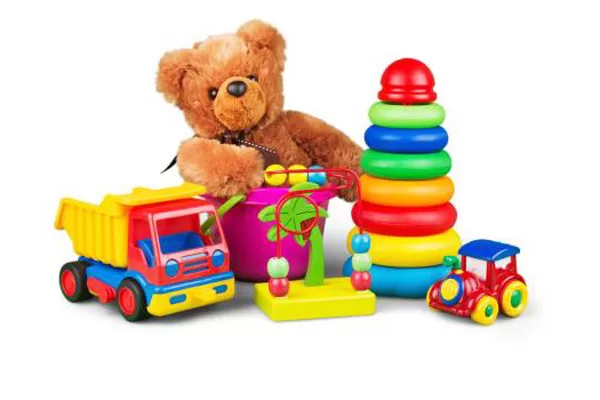The injection molding process is highly versatile and can make a wide range of parts for different applications. Some of the parts that use injection molding applications include packaging, bottle caps, wire spools, automotive dashboards, combs, and many other plastic products that we used every day.
It comes as no surprise that injection molding is one of the most common methods used in manufacturing. The process is ideal for high-volume production and has many advantages over other processes, including the following:
- High production rates
- Ability to use a wide range of materials
- Repeatable high tolerances
- Low labor cost
- Minimal finishing needed
- Low scrap rates
The only drawback of this process is it needs a huge initial investment because the equipment is expensive and it has high running costs too. Injection molding also requires product designers to design parts specifically for molding.
Materials Used in Injection Molding
There is a wide range of polymers that can be used in injection molding applications. It includes all kinds of thermoplastics, and some elastomers, and thermosets.
In the 1990s, there were about 18,000 different kinds of materials that could be used for plastic injection, and since then the number is increasing by about 750 per year. These materials are blends or alloys from the previously developed materials, further expanding the material selection for product designers.
The materials in the injection molding applications are selected based on their strength and how the part will function as a final product. The different parameters of the molding process also influence material selection.
Products Made from injection Molding Process
Many things can be created from injection molding for different industries. Here are some of the most common everyday things we use that are made from plastic injection molding.
Plastic Bottles
The most prolific products made from injection molding are plastic containers and bottles. There are billions produced every year and it comes in multiple sizes, colors, and shapes. The bottles used for water and drinks are made from polyethylene terephthalate (PET) because they are light yet strong.
Housings for Electronics
Another common injection molding application is for manufacturing the housing for devices like remote controls, televisions, medical equipment, and many other consumer electronic products. Since the process is versatile, it can make any customized enclosures from plastic of any design and size.
Toys
Toys are usually made through injection molding because it requires a material that is lightweight, durable, and does not corrode. Lego is a typical example made from firm plastic granules and is heated and injected into a mold. When it cools down, it becomes a studded brick or many other shapes.

Plastic toys
Agricultural Materials
Most of the manufacturers of agricultural products are switching to plastic from metal because it is a cheaper alternative. Plastics also offer high resistance to impact and humidity and resistant to extreme temperatures. Some materials in these agricultural products are added with UV protection to shield them from corrosion.
Household Items
Most of the items we find in the house are typically made through injection molding. Some of these products include containers, drinkware, molded closures, and many more.
Machinery and Automotive Parts
A vehicle is composed of many plastic components that are fabricated through injection molding. Some examples include the dashboard, radio controls, window buttons, and cup holders.
Medical Devices
Plastics are lightweight, flexible, sanitary, and replaceable. The medical industry benefits from these qualities, that is why there is a heavy demand for medical devices.
Conclusion
Injection molding is a very common manufacturing method that can produce conventional items. Their applications cover industrial, commercial, and consumer products. It offers versatility to make products with intricate details to the simplest forms in a variety of materials, colors, shapes, and sizes.
